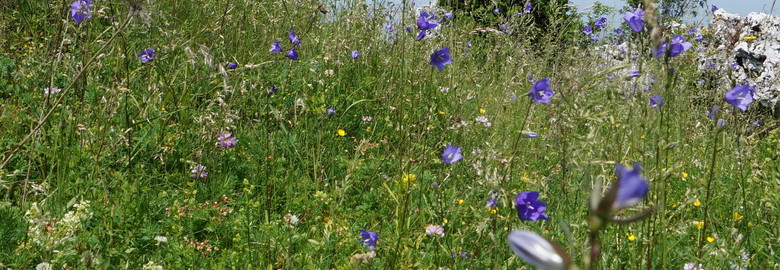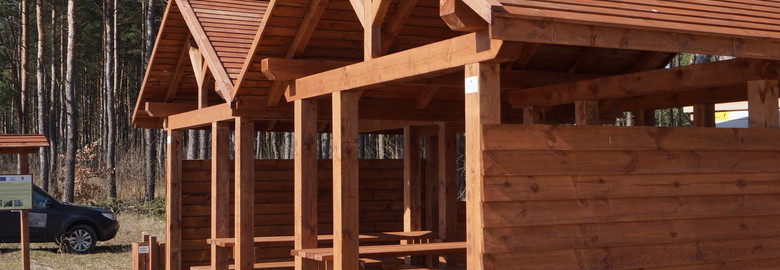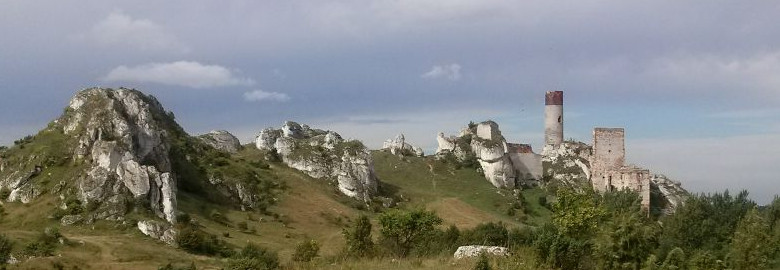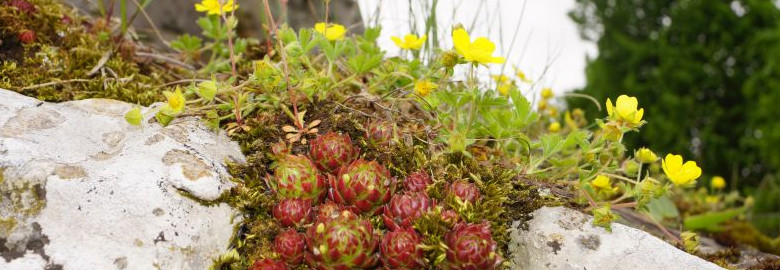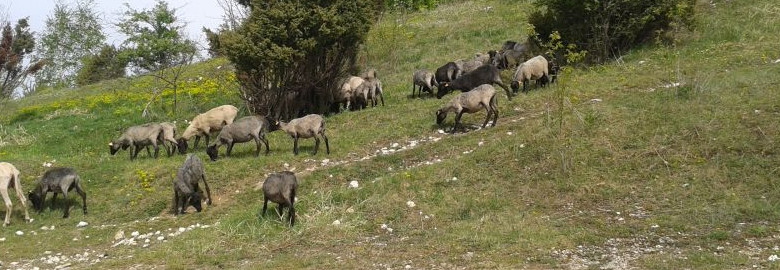Liczba wizyt
"Eco-mowers in action" – another year of grazing has started!
The Kraków-Częstochowa upland is characterized by lushness and unique beauty of the natural phenomena and exceptional landform features.
Calcareous hills covered with xerothermic grasslands are especially noteworthy. A good display of the hills and white monadnocks was ensured in the past by extensive herding (mostly sheep and goat), scything, and using the forest and shrubwood material for construction and as a source of energy. Due to the cessation of traditional land use involving herding and scything the calcareous hills have gradually overgrown and the biodiversity has declined. The main aim of grazing is to recreate, protect and maintain the valuable non-forest habitats typical of the region.
This year the grazing within our LIFE+ Project started in May. It is carried out in the area of four refugia: the Olsztyn-Mirów refugium, the Złoty Potok refugium, the Kroczyce refugium, and Środkowa Jura refugium. The billowy flocks of sheep and goats contribute to maintaining biodiversity of the xerothermic grasslands by nibbling the grass covering the hills. The animals eat plants which have soft leaves avoiding xeromorphic species. Such selective grazing is favourable for the formation of the natural values of the grasslands. What is more, the sheep and goats constitute a great tourist attraction for the people visiting the Kraków-Częstochowa upland.
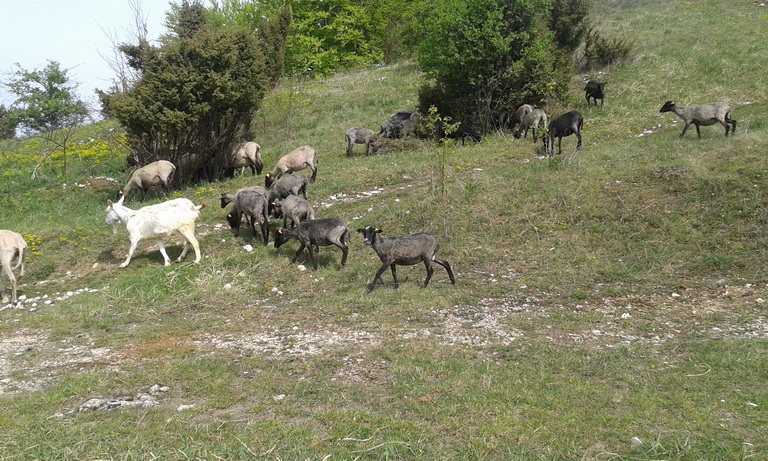
The Grochowiec hill (Środkowa Jura refugium)
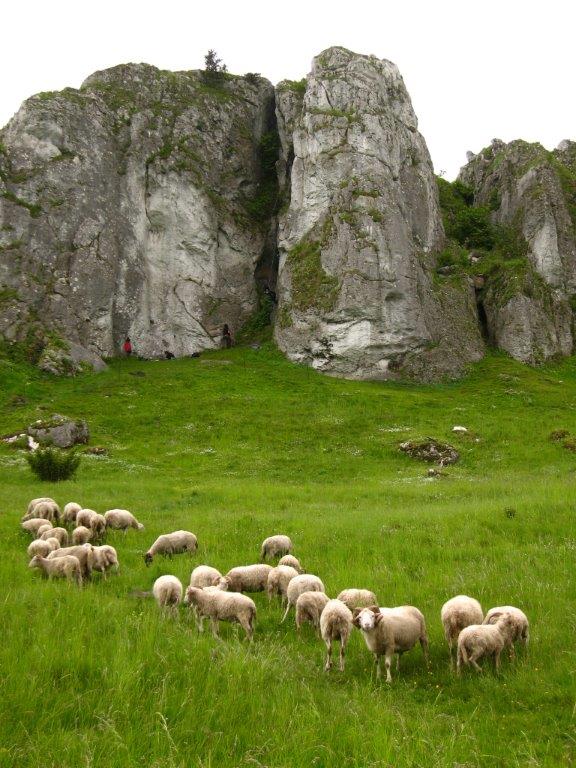
Cegielnia (Olsztyn-Mirów refugium)
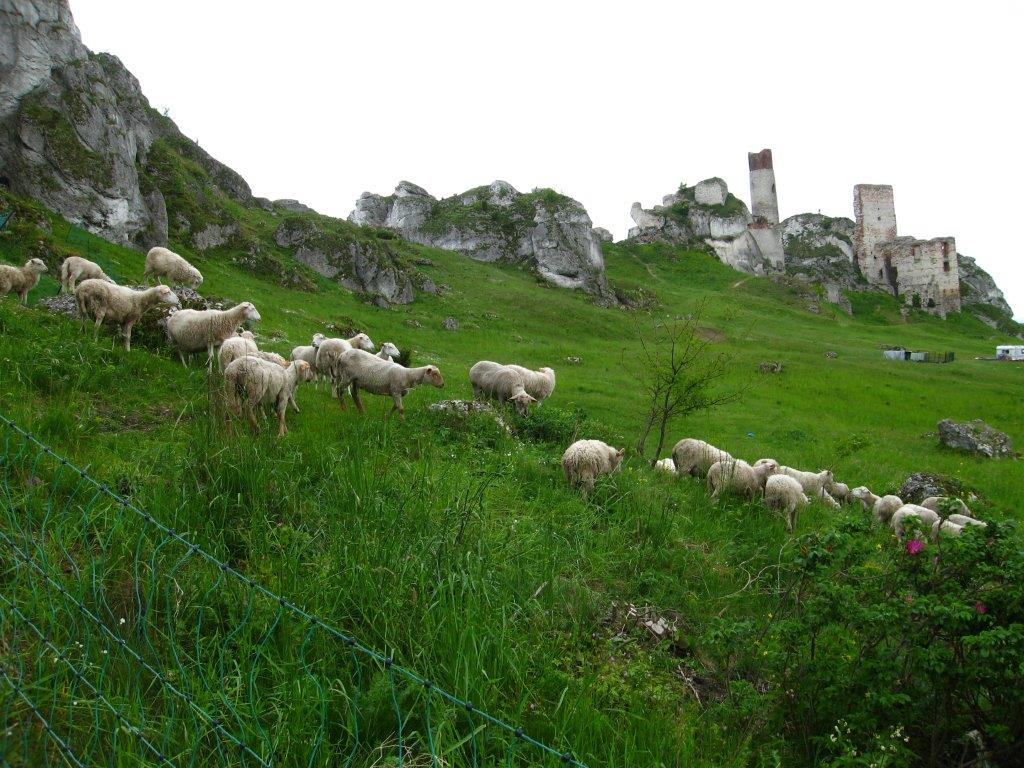
Grazing carried out in the area of the Zamkowe (Castle) hill in Olsztyn
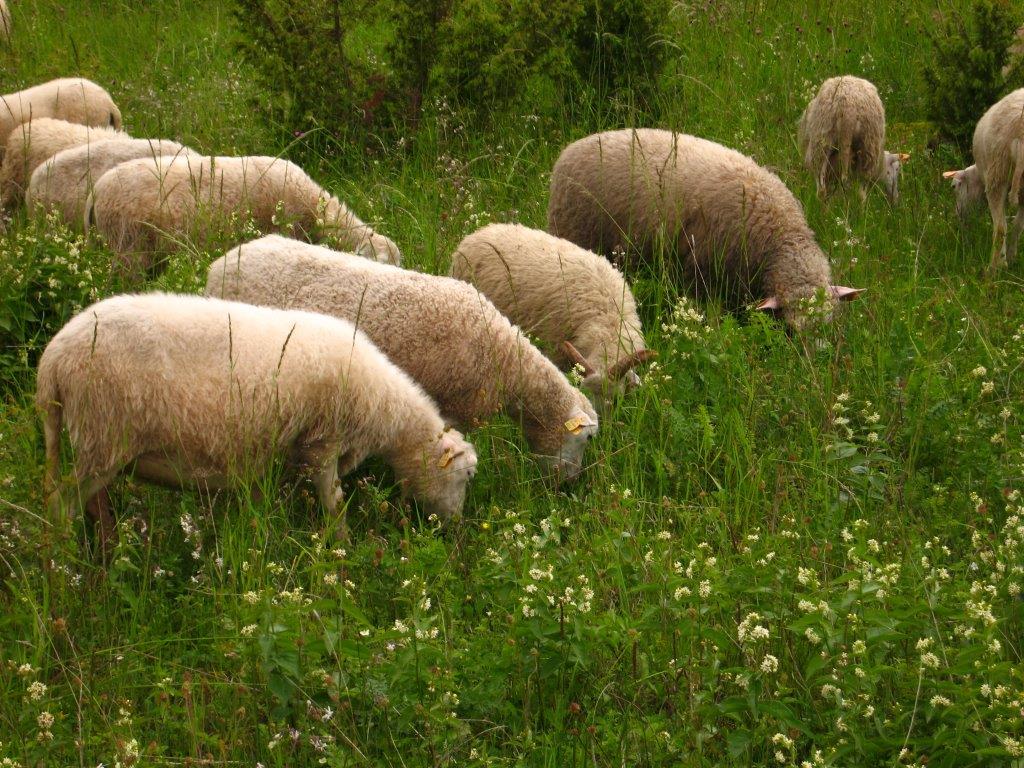
"We are protecting habitats in the Kraków-Częstochowa upland" (Olsztyn)
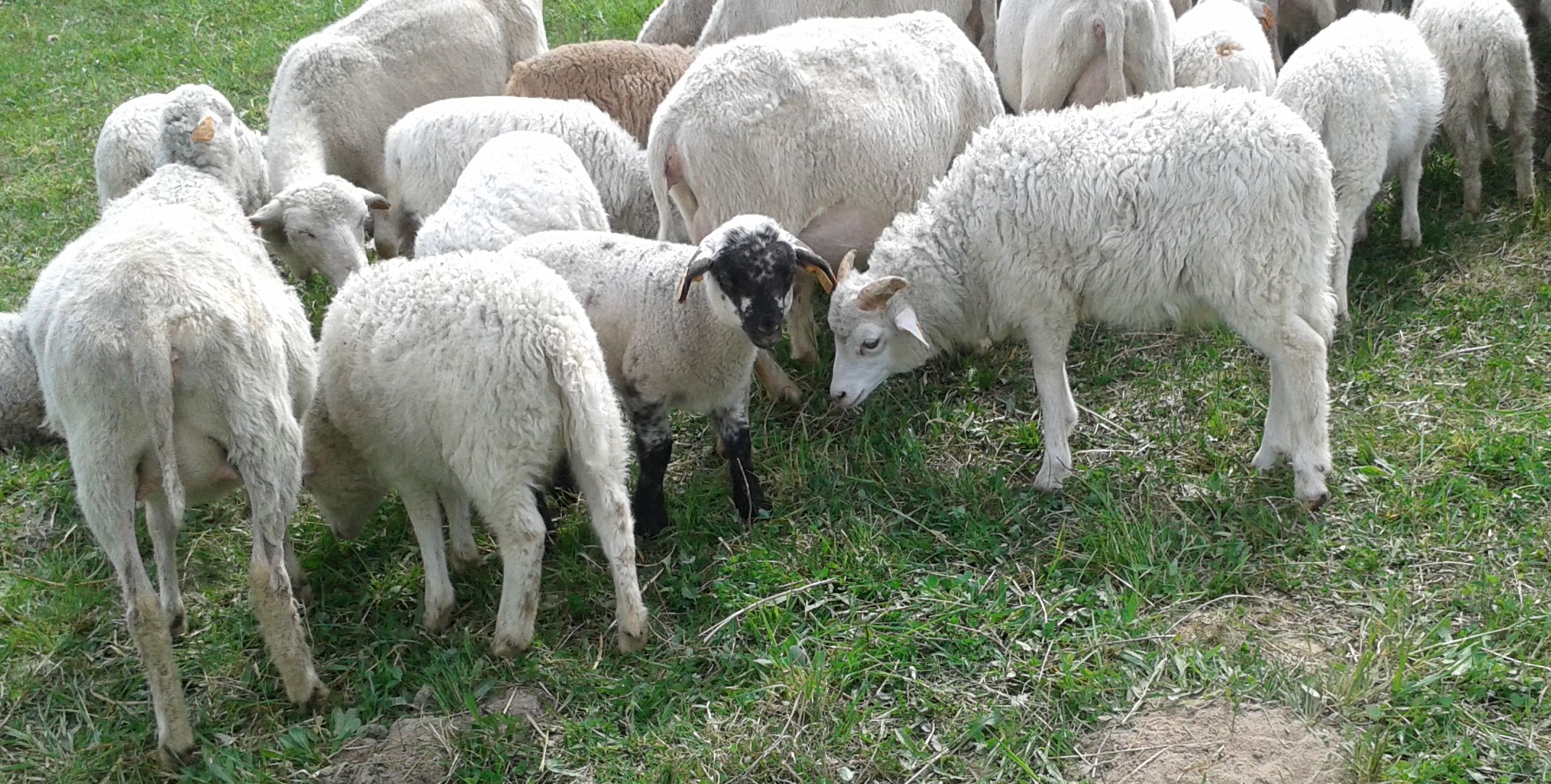
"The others" are among us, but we are united by a common goal – to protect the grasslands (the Kyciowa rock, the area near Smoleń and Strzegowa)



